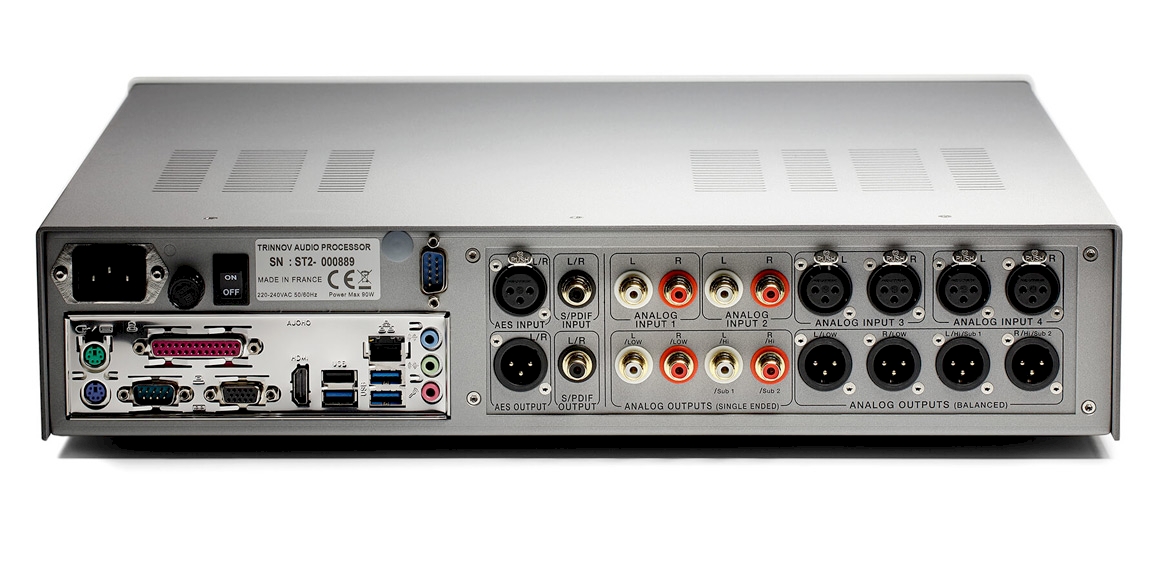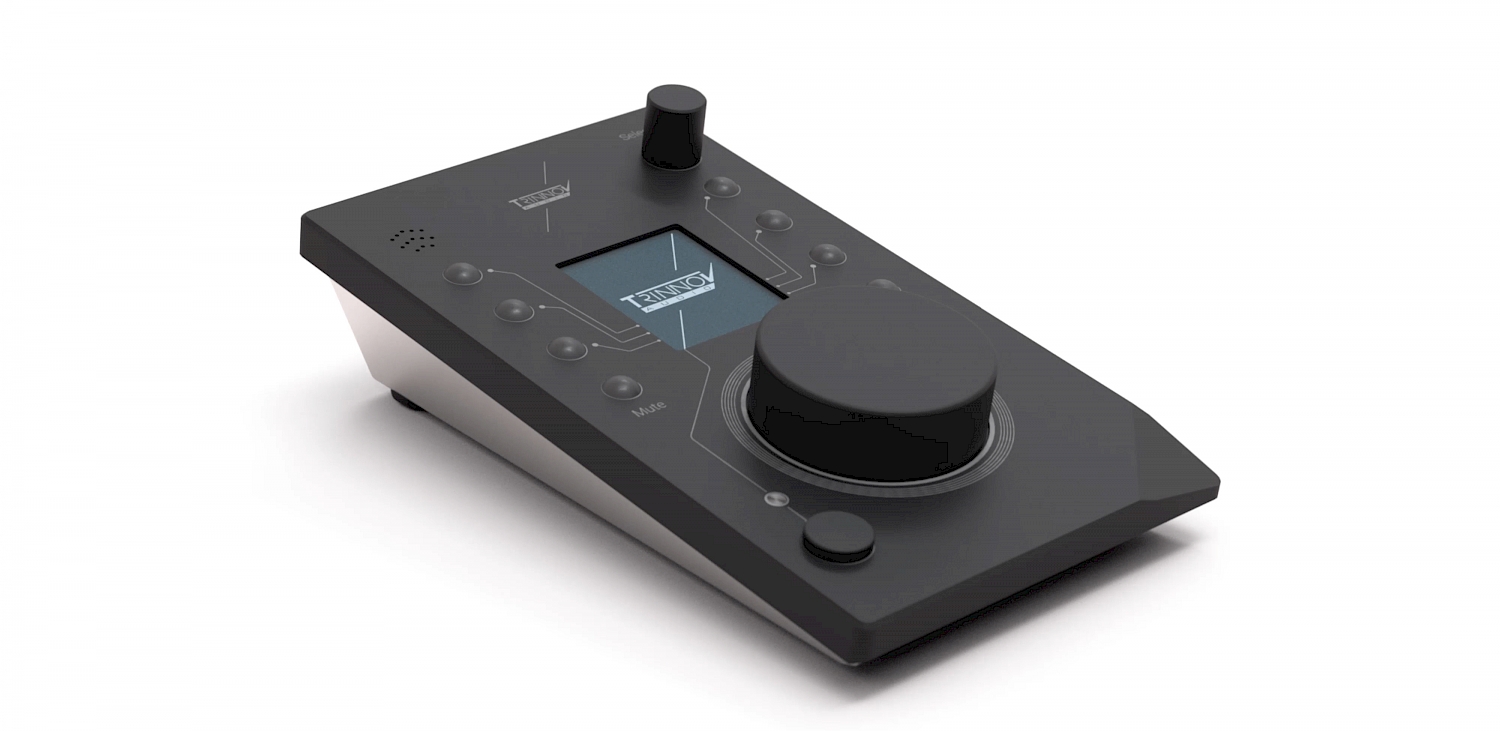Gotcha. I mean, there is miniDSP for economical.

My Motu Mk5 I snagged used from Guitar Center for $485 (I was like a monkey on meth looking) then Audiolense XO for $430. That's really not bad for the power that you get IMO.
The key is to get the people off the cap and resistor swapping train though. That demand will drive manufacturers in "our" direction and bring the costs/options to us. As you know, the only non pro MCH dacs are insanely expensive and totally unnecessary. People love that man jewelry though.

Yeah, but the minDSP doesn't have a very good DAC portion, unfortunately. The Motu MK5 really might be the best current way to go, but it really is way more than I (and most need). The robustness might make it harder to setup the USB outputs on a Raspberry Pi to go to the correct channel on the Mk5, IDK. I think converting people is going to need to be a little bit on the simple side, where I could just make a quick YouTube tutorial.
You are right though- we have to get people off the passive xovers. Better performance and easier tuning. What's not to love?!
My pair of speakers (Designed by Jon Dahlquist [with Saul Marantz & Carl Marchisotto of
Nola), according to actual published testing (stereo review, Sept 87), are +-2 db from 26 HZ-20 KHZ using the original (replaced now with NEW modern but original specification caps) in the 1990 passive crossovers. I have one NAD 2200 (see Amirm's review of one of my NAD 2200's here) per DQ-905 running bridged at 4 ohms and a NAD 2200 running stereo at 4 ohms for a pair of subs. I use the DAC in my oppo 205 UDP & only see DSP as something to use for room correction (although it perhaps would be useful for sub crossovers). Maybe I am missing something here?
Sound like you are missing out on building your own speakers!

Seriously, though if you have something that is perfect for you- enjoy it! Active is a great solution for optimizing both loudspeaker performance and the design/testing/fine tuning.
Here are some performance highlights:
-Horizontal and Vertical Bi-amping (yes you can do it with passives, but it is mandatory here, and it just so happens we finally have good and cheap class D amps to do this with)
-Every signal for every driver is kept separate for all processing.
-Every signal for every driver is kept separate for all amplification/each amp only has to produce the only the frequency range of its respective driver/drivers.
-Speaker efficiency goes up, as we are not wasting power bleeding it off in the crossovers.
-A 3-way and 4-way speaker can have a ton of parts in their crossovers, and each part has varying tolerances/noise. The more of these components you add the more likely you are losing some sound quality.
Here are some design/testing/fine tuning highlights:
-You can more easily match drivers which would have been very tough to integrate with passive (next point shows part of the why)
-If you need a steep rolloff, like a 6th order crossover-you no longer have to worry about the expense and complexity of boatload of parts (many argue the more complex the crossover, the more you harm the signal).
-You don't have to either A) take crossover in and out of box to tweak OR B)don't have to build and test the crossover externally (
-You don't have to keep soldering and unsoldering for every change/tweak- you just do it on the computer.
I hope that helps shine some light on why I am trying to champion this cause.




